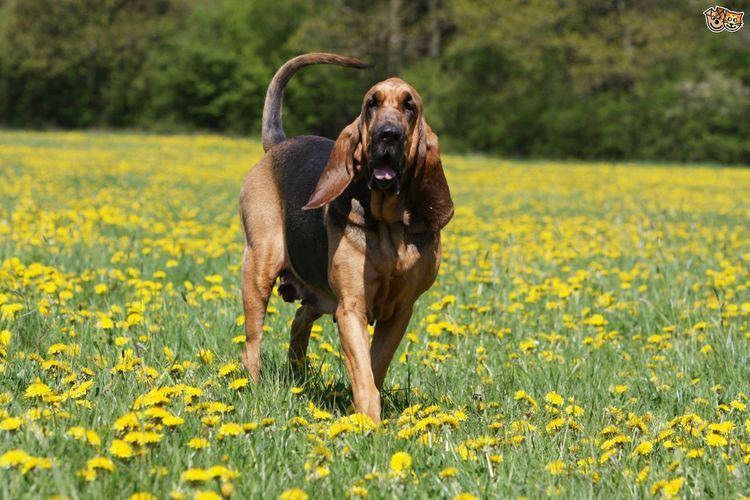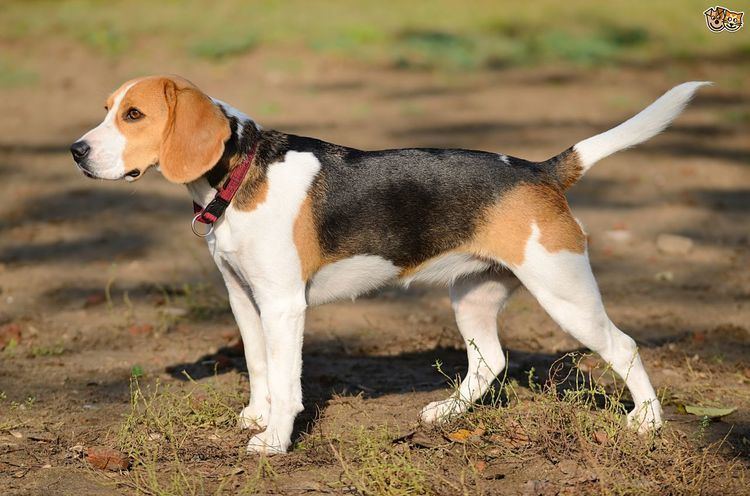 | ||
Mass Beagle: 10 – 11 kg, Dachshund: 7.3 – 15 kg Representative species Beagle, Dachshund, Basset Hound, Bloodhound, Polish Hunting Dog | ||
Hunting with scent hounds thehunter 2016 gameplay w leeroy
Scent hounds (or scenthounds) are a type of hound that primarily hunts by scent rather than sight. These breeds are hunting dogs and are generally regarded as having some of the most sensitive noses among canines.
Contents
- Hunting with scent hounds thehunter 2016 gameplay w leeroy
- Scent hound dogs
- Genetic history
- Breeds
- United Kennel Club Scenthound Group
- Other registries
- Not recognised
- References

Hounds are hunting dogs that either hunt by following the scent of a game animal (scenthounds) or by following the animal by sight (sighthounds). There are many breeds in the scenthound type, and scenthounds may do other work as well, so exactly which breeds should be called scenthound can be controversial. Kennel clubs assign breeds of dogs to Groups, which are loosely based on breed types. Each kennel club determines which breeds it will place in a given group.

Scent hounds specialize in following a smell or scent. Most of these breeds have long, drooping ears. One theory says that this trait helps to collect scent from the air and keep it near the dog's face and nose. They also have large nasal cavities, which also helps to help them smell better. Their typically loose, moist lips are said to assist in trapping scent particles.

Most of these breeds have deep, booming voices and use them actively when running, and especially when following a scent trail. Although this can be a nuisance in settled areas, it is a valuable trait that allows the dog's handler to follow the dog or pack of dogs during a hunt even when they are out of sight, such as when following a fox or raccoon through woodland.
Scent hounds do not need to be as fast as sight hounds, because they do not need to keep prey in sight, but they need endurance so that they can stick with a scent and follow it for long distances over rough terrain. The best scent hounds can follow a scent trail even across running water and even when it is several days old. Most scent hounds are used for hunting in packs of multiple dogs. Longer-legged hounds run more quickly and usually require that the hunters follow on horseback; shorter-legged hounds allow hunters to follow on foot. Hunting with some breeds, such as German Bracke, American Foxhounds, or coonhounds, involves allowing the pack of dogs to run freely while the hunters wait in a fixed spot until the dogs' baying announces that the game has been "treed". The hunters then go to the spot on foot, following the sound of the dogs' baying.

The Fédération Cynologique Internationale (FCI) places scent hounds into their classification "Group 6". This includes a subdivision, "Section 2, Leash Hounds", some examples of which are the Bavarian Mountain Scenthound (Bayrischer Gebirgsschweisshund, no. 217), the Hanoverian Scenthound (Hannover'scher Schweisshund, no. 213), and the Alpine Dachsbracke (Alpenländische Dachsbracke, no. 254). In addition, the Dalmatian and the Rhodesian Ridgeback are placed in Group 6 as "Related breeds".
The United Kennel Club divides its Scenthound Group into two categories. The first, Tree Hounds, includes the American hunting dogs known as coonhounds and the European hounds from which they were developed. The second category is named Trailing Scenthounds, and includes dogs used for the tracking of game animals, and of humans (as in search-and-rescue, and fugitive capture). They are also used for explosives detection. The Trailing group are reputedly descended from a type of bloodhound kept by monks in Belgium.
Scent hound dogs
Genetic history
Genetic studies confirm the long-standing belief that all scent hounds share a more recent common ancestor with each other than they do with other branches on the dog family tree. Furthermore, the common ancestor of the scent hounds and spaniels is more recent than the ancestor both these share with the next most closely related groups of dogs: the schnauzers, poodles, and other water dogs.
Breeds
The scent hound type includes the following breeds:
United Kennel Club Scenthound Group
The Scenthound Group is the group category used by the United Kennel Club (US), which it divides into two categories. The first includes the American hunting dogs known as coonhounds and the European hounds from which they were developed. These are referred to as Tree Hounds. The category also includes curs, American dogs bred for hunting bears, feral pigs, and similar large game. The second category is referred to as trailing scenthounds, and includes dogs used for tracking of humans, reputedly descended from the St. Hubert Hounds (ancestor of today's Bloodhound breed) kept by monks in Belgium.
Other registries
This article only covers the major kennel clubs in the English-speaking world, but there are national clubs in many countries where many of these breeds may also be listed in similar or other Breed Groups.
Many of the regional breeds recognised by the United Kennel Club are very few in number in the United States. As a US-based club they have specialised in the registry of North American breeds, especially hunting and working/utility dogs. The United Kennel Club also lists internationally recognised (Fédération Cynologique Internationale) breeds that are few in number outside their native areas. Many of these are called rare breeds in the United States, and breeders and dog owners may register their dogs with any of the very large number of small breed clubs, dog sport clubs, minor kennel clubs and internet-based dog businesses, in order to participate in the club's or business' activities. For breeds not yet recognised by one of the major kennel clubs, there are usually numerous competing breed clubs for each individual breed.
Not recognised
A breed that is not recognised by a kennel club means that it has not been sufficiently vetted according to that particular kennel club's rules. It does not mean that the breed is not a breed. A kennel club usually requires a breed to have a large enough breed club to warrant the training of judges for the breed, as well as a specific amount of documentation, to accept a breed.
